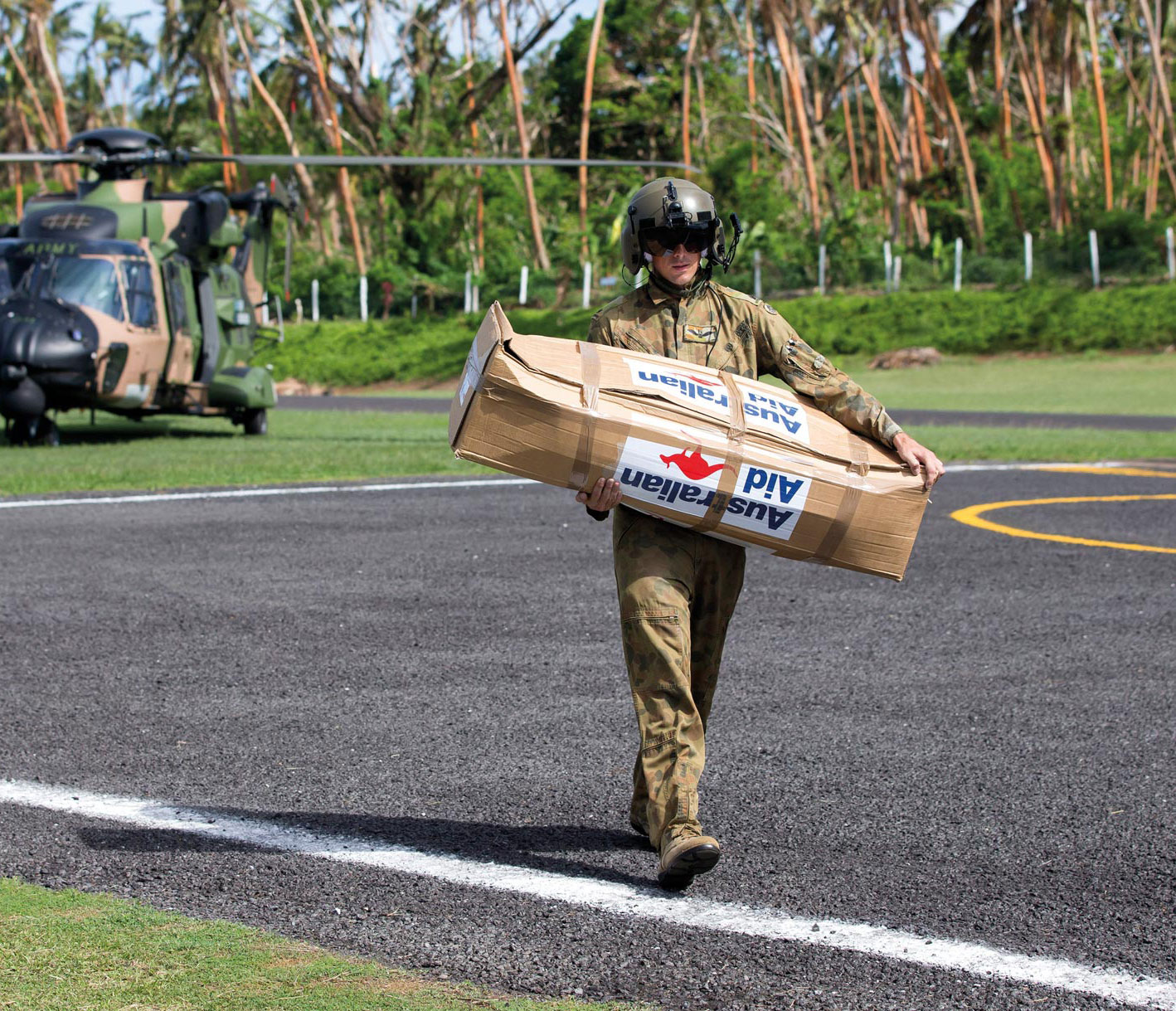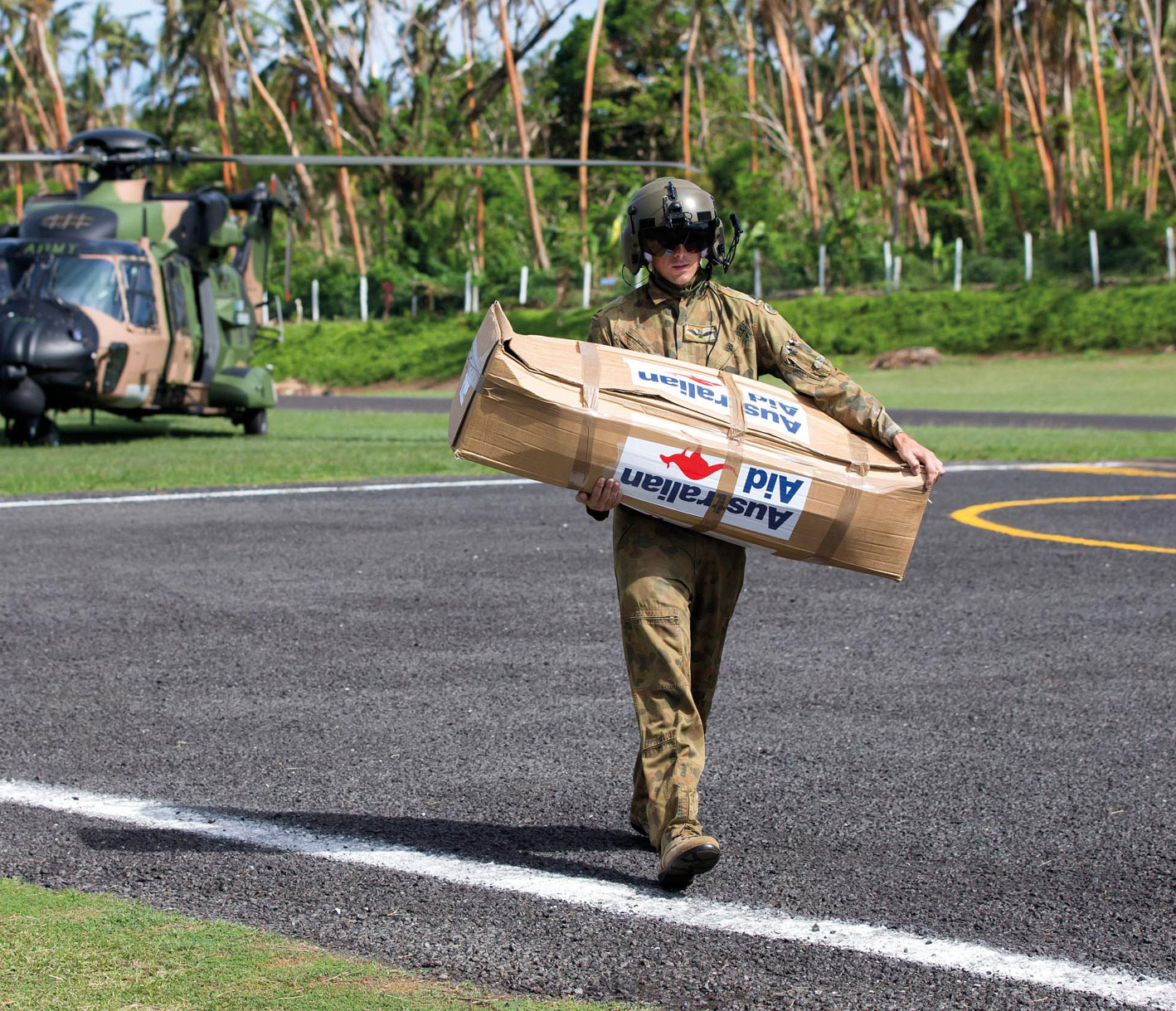Maritime and land border disputes are a growing source of potential instability in a more contested Indo–Pacific. They draw in the region’s three big Asian powers—China, Japan and India—as well as Southeast Asian nations and Pakistan. They also strongly engage the interests of countries, such as the United States and Australia, which seek to build a region where disputes are solved peacefully and in accordance with international law.
The South China Sea is a major fault line in the regional order. Australia is not a claimant state and does not take sides in the competing claims. Like other non-claimant states, however, we have a substantial interest in the stability of this crucial international waterway, and in the norms and laws that govern it.
We have urged all claimants to refrain from actions that could increase tension and have called for a halt to land reclamation and construction activities. Australia is particularly concerned by the unprecedented pace and scale of China’s activities. Australia opposes the use of disputed features and artificial structures in the South China Sea for military purposes. We support the resolution of differences through negotiation based on international law.
All claimants should clarify the full nature and extent of their claims according to the United Nations Convention on the Law of the Sea (UNCLOS). The Government reaffirms its position that the Permanent Court of Arbitration’s ruling on the Philippines South China Sea Arbitration is final and binding on both parties.
Elsewhere in the region, Australia is
concerned about the potential for the use of
force or coercion in the East China Sea and
Taiwan Strait. We also remain concerned
about the potential for tension between
India and Pakistan to escalate into
confrontation. How India and China manage
their relationship, including competing
border claims, will also have important
implications for regional stability. In all
of these matters, it is vital that those
concerned act with restraint and avoid
actions that add to tensions.














